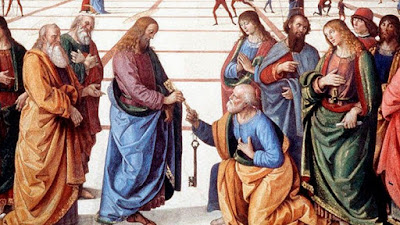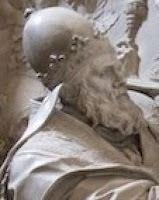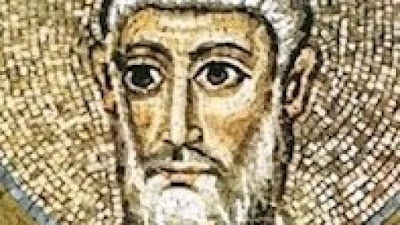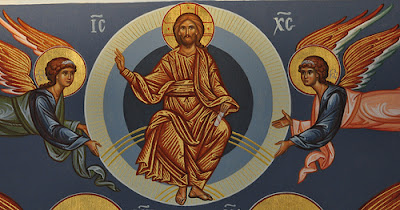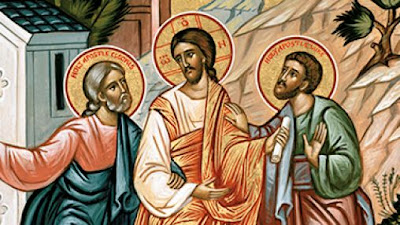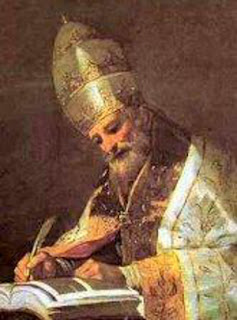The Epiphany of the Lord

Solemnity - January 7th Today the Church celebrates the Solemnity of the Epiphany. Father Pius Parsch writes of this feast: "The Lord and ruler is coming; kingship is his, and [his wise] government and power." With these words the Church proclaims that today's feast brings to a perfect fulfillment all the purposes of Advent. [The] Epiphany, therefore, marks the liturgical zenith of the Advent-Christmas season. The Solemnity of the Epiphany is celebrated either on January 6 or, according to the decision of the episcopal conference, on the Sunday between January 2 and January 8. The young Messiah is revealed as the light of the nations. Yet, as the antiphon for the Magnificat at Second Vespers reminds us, three mysteries are encompassed in this solemnity: the adoration of the Christ Child by the Magi, the Baptism of Christ and the wedding feast at Cana. Extra candles and/or lamps may be placed around the sanctuary and in other parts of the church to honor Christ...
